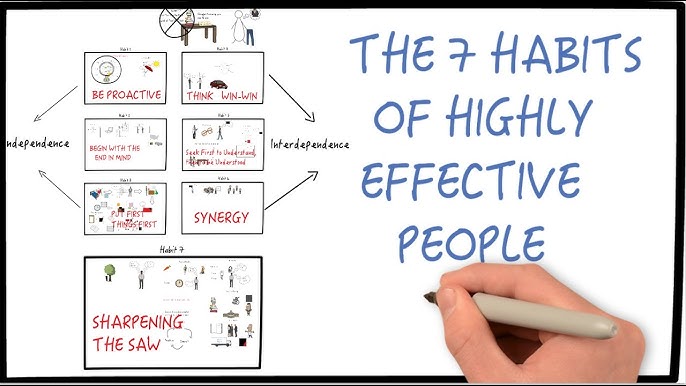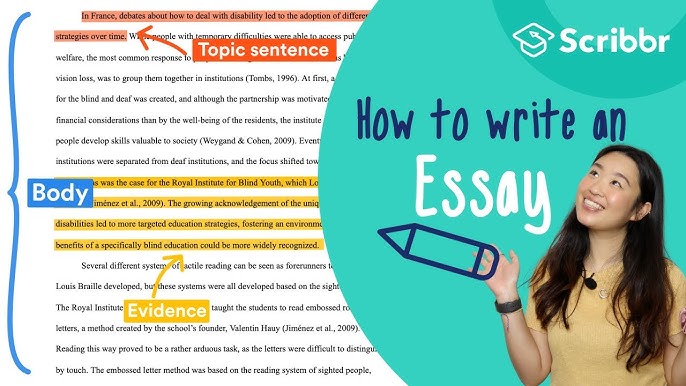Per the reports, along with the advent of the digital age, the total data supply in 2012 alone had skyrocketed to 2.8 trillion gigabytes. Keeping in mind that amount of data, you can easily deduce that analysing complex data and producing workable insights is a tough task. That is exactly why a data interpretation thesis is difficult for the students to complete effectively.
If you are facing the same problem, do not worry! We have solved your problem by providing a detailed, comprehensive guide on completing data interpretation thesis writing. Follow these guidelines, and your work will be good to go!
You should also consider taking thesis writing help online if you are looking for personalised assistance with data interpretation papers. Let’s first understand the intricacies of the process.
Writing an Excellent Data Interpretation Thesis – A Detailed Guide
The importance of data interpretation in this era is evident, and that is precisely why it needs to be done properly. The data will be coming from different sources and may be analysed in a haphazard manner. This is one of the vital mistakes that you should avoid when doing the thesis data analysis and interpretation.
There are two main types of data interpretation for your designed set of data:
1. Qualitative Data Interpretation
If you want to sum up the entire concept of qualitative data analysis in one word, it can be called ‘categorical’ in nature. You do not describe the data here with the help of numerical patterns or values but by providing the readers with descriptive context.
The data is gathered in this method using the following techniques:
Focus Groups
Here, you will need to get people together by grouping them and asking them relevant questions to generate a discussion about a research topic. It will help you get diverse data for your project.
Observations
These kinds of responses come from the behavioural patterns gathered from the observations of a group. The observations get finer with the amount of time spent in an activity; however, it also depends on the nature of the activity.
The methods of communication employed to get the responses also determine the nature of the data gathered in this way.
Secondary Research
This type of data is gathered from analysing the different patterns of behaviour and reviewing different kinds of documentation resources. Also, it is dependent on the type of material contained by them.
Interviews
For narrative data, it is one of the best collection methods for your data interpretation dissertations. You can categorise the inquiry responses by their topics, categories, or themes. It facilitates the highly specific data segmentation for your work.
Qualitative Data Analysis Types
After you gather the data using different questionnaires, transcripts, audio and video recordings, and notes, you shall sit down to interpret the results. The most common ways to analyse the data for its interpretation are the following:
Thematic Analysis
This method usually lays stress on analysing the qualitative data, such as interview transcripts, survey questions, and other resources, to identify common patterns and categorise them into different groups based on similar themes. The technique is rather more explanatory in its nature.

Content Analysis
Content analysis is a method that is used to identify different words and frequencies in visual content. In simple words, it converts the quantitative data into the qualitative form. Usually, marketers use this method to understand the brand sentiments of the customers. It is a time-consuming analysis method and can lead to subjectivity issues.
Discourse Analysis
As the name suggests, this analysis method is used to derive the meaning of any type of written, symbolic, visual or any other form of content with respect to social, political, historical or cultural context. It shows how the context can be used effectively for understanding and carrying out a language.

Narrative Analysis
This is a bit more complicated form of the analysis methods discussed before. Here, you analyse the different stories and try to understand the meaning behind them. These can be taken from case studies, testimonials, interviews and other sources. Narrative analysis is a valuable technique to find out the preferences of audiences over certain matters.
Grounded Theory Analysis
Here, you will be discovering new theories by evaluating the existing data. Then, you extract hypotheses and conclusions from the same data. This method is famous amongst researchers, analysts and marketers. You should use this method when you are researching a completely new topic or starting to work on something that you don’t know much about.
2. Quantitative Data Interpretation
‘Numerical’ is the best word to explain the nature of this kind of interpretation of the data. This interpretation method involves the usage of statistical modelling methods such as standard deviation, median, and mean.

The key terms that you shall observe when reviewing an interpretation of data example thesis are the following:
Standard Deviation
It is a statistical term that is used in the quantitative analysis of the work and reveals the distribution of the responses centred around the mean. Then, it describes the degree of consistency with which the mean provides insight into different data sets.
Mean
Mean can be explained as the numerical average for a number of relevant responses. When you are dealing with a number of data sets, a mean will usually be the central value of a set of numbers. It is an aggregate of the values given within a data set.
Frequency Distribution
This measurement tells the rate of a response appearance that gets highlighted in a given data set. When doing a survey, it will show how commonly a given ordinal scale response has appeared. Also, it determines the degree of consensus among the given data points.
Quantitative Data Analysis Types
When it comes to analysing the quantitative data collected, the following analysis methods are the most common in this regard:
Regression Analysis
It uses historical data to comprehend the relationship between independent variables and a dependent variable. Knowing this relationship helps you foresee the future outcomes of your estimates and helps you in making better decisions.

Predictive Analysis
As evidenced by the name, the predictive analysis predicts future advancements in the field of research by analysing the current data and historical preferences. Usually, it is assisted by the application of different AI and machine learning tools.
Cohort Analysis
It identifies a group of individuals who share common characteristics in a given time period. It is normally used to understand customer behaviour in a normal business setting. You can hire a thesis writing service to help you with this type of analysis for your data interpretation.

Cluster Analysis
Here, you group different objects into distinct categories. It is the best way to find the latent patterns and trends in a given set of data. In a business setting, clustering is used for the segmentation of the audience to create a targeted experience. It is helpful to relevant research data in distinct forms.

Prescriptive Analysis
This kind of analysis is also based on predictions and uses different techniques such as graph analysis, complex event processing and more to know the impact of future decisions on the organisation in question. It helps businesses develop more practical business strategies.
Once you are done with completing the research and writing process, it shall be better to revise your complete dissertation at least twice. It helps you figure out the possible discrepancies in your work and also increases your critical review skills.
Hiring an editing agency to fulfil the same purpose shall also be beneficial if you suck at the editing process yourself. The expert proofreaders go through your work and make it absolutely flawless. It shall also save your time and energy.
Conclusion:
While writing a data interpretation thesis, you must keep in mind the guidelines we have mentioned in the article above. As we have reached the end of this insightful topic, we hope you now have a clear understanding of the subject at hand.
Remember to edit your dissertation before the final submission to the supervisor. It shall eliminate all the mistakes from your work, and consequently, it will leave a positive impact on the supervisor. The chances of your marks getting deducted due to presentation will be reduced this way.
You can also get thesis writing help online from a professional service provider in the UK. It shall make thesis interpretation of data easy for you.










